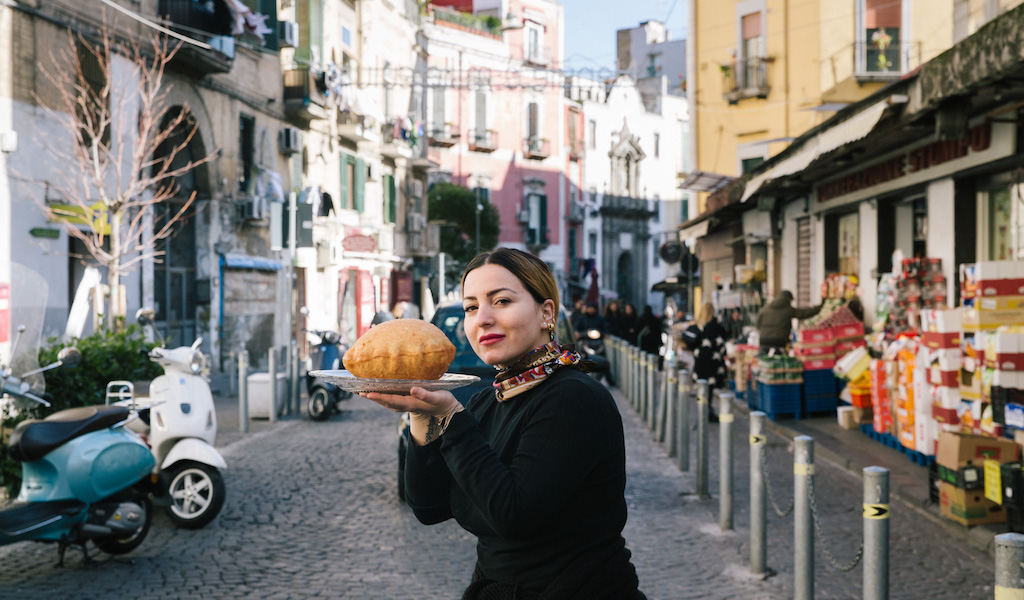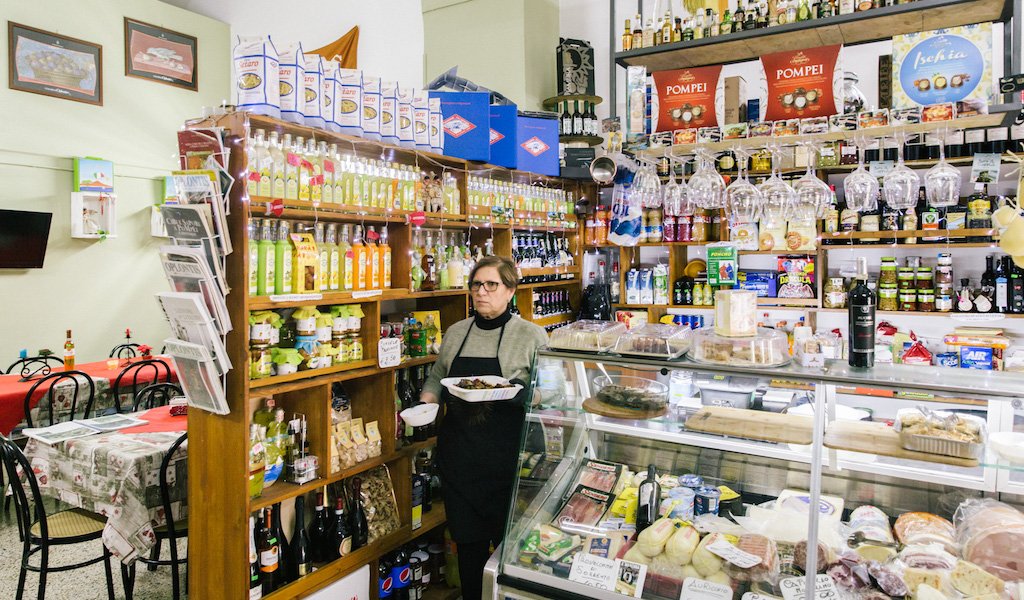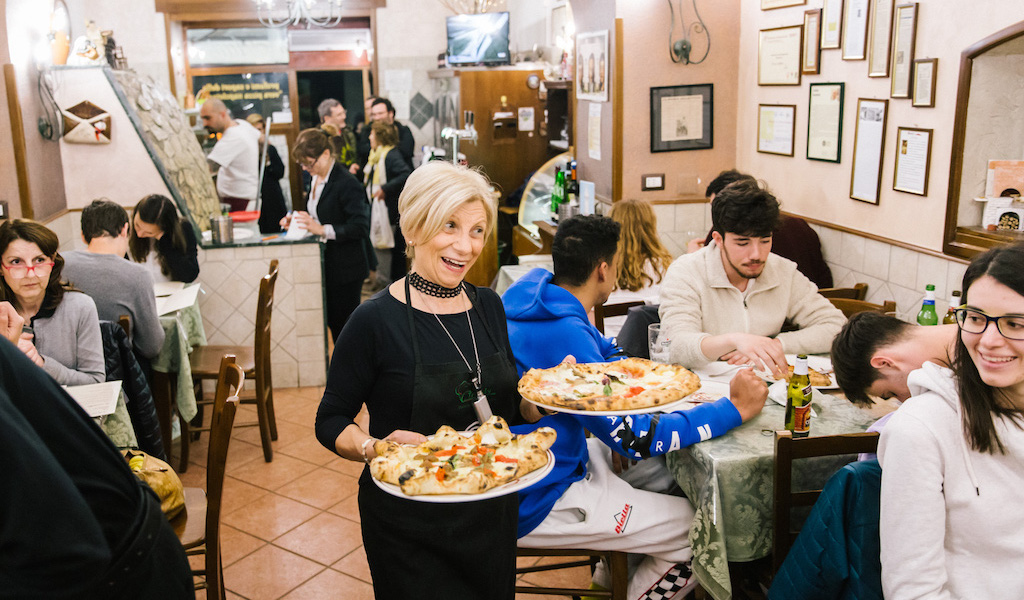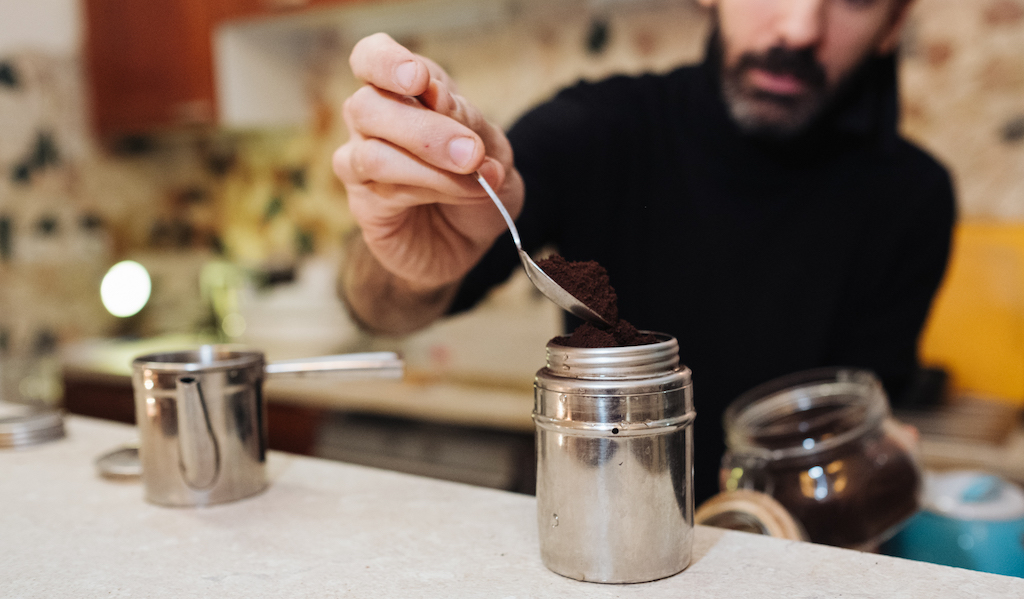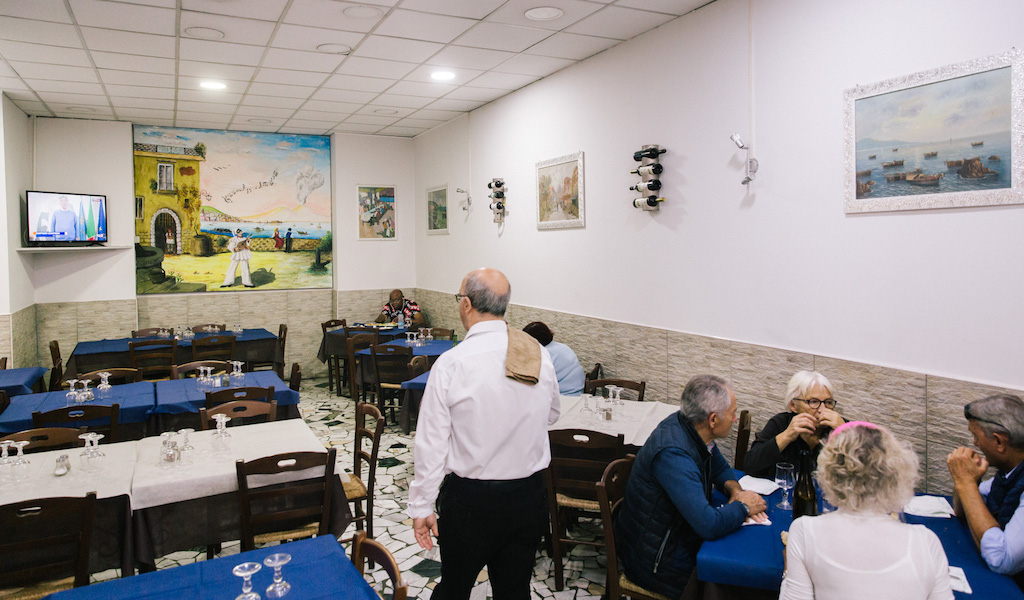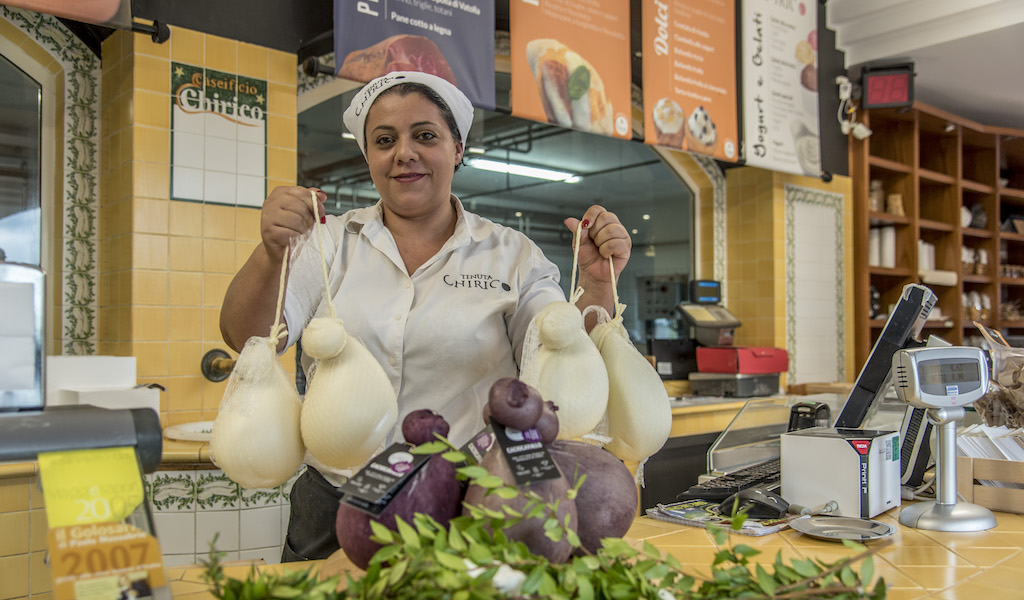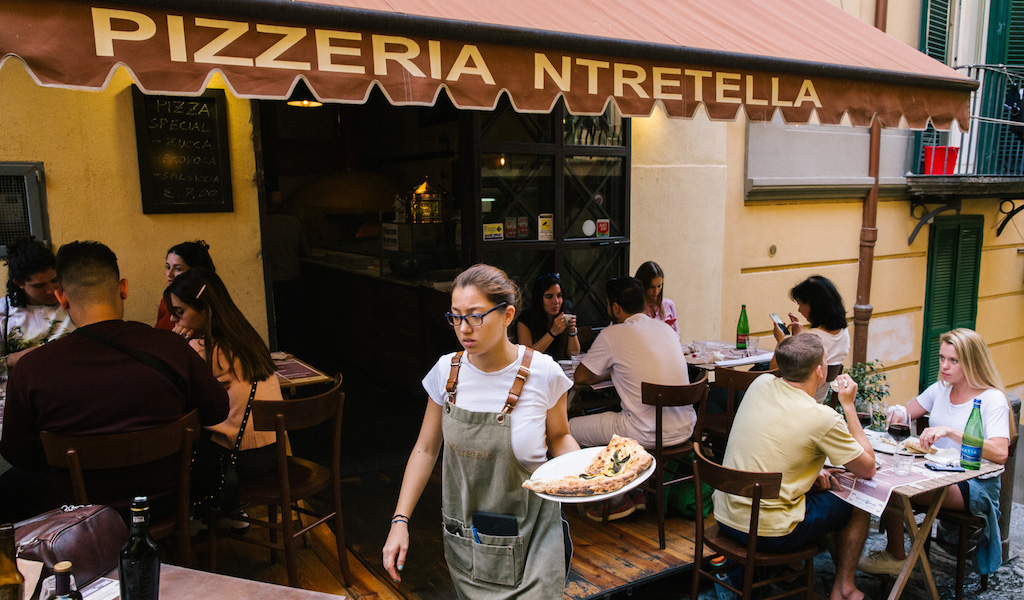We can't find the internet
Attempting to reconnect
Something went wrong!
Hang in there while we get back on track
Search results for "Amedeo Colella"
Naples
Isabella De Cham Pizza Fritta: Equal Opportunity Pie
After a morning spent walking around the Fontanelle Cemetery, the oldest ossuary in Naples, and the Sanità market, we believe that we have created enough of a calorie deficit to face a fried pizza – the original pizza, born before the more familiar oven-baked variety, and a universally beloved dish in the Neapolitan cuisine – with self-acquittal. And in the Sanità neighborhood, there’s no question that we’ll be seeking out the fried pizza of Isabella De Cham. The 26-year-old makes creative and high-quality fried foods in an elegant and polished restaurant, with a black-and-white color scheme – not quite what you’d expect for a fried pizza joint, although the familiar warmth is still there.
Read moreNaples
DocSicil Oplontis: Hidden Treasure
The excavations at Oplontis, located in the modern city of Torre Annunziata, are often overlooked in favor of its much larger, much grander neighbor: Pompeii. Yet like all little-known things, this archeological site is full of incredible surprises, like the magnificent villa said to have belonged to Poppaea Sabina, the second wife of the Emperor Nero. A UNESCO World Heritage Site since 1997, the villa is certainly worth a visit (plus, you’ll avoid the tourists who come from far and wide to invade Pompeii). And after having “discovered” Oplontis, there is a small gastronomic treasure to be discovered: DocSicil.
Read moreNaples
Best Bites 2019: Naples
In a city with such a conservative attitude toward gastronomy, it’s rare for new foods, new preparations and new trends to flourish. Naples has continued to reject the aggressive advances of globalized food: The number of fast food chains can be counted on one hand (although many have tried their luck in the city), and the latest international fashions, from poke to kebab, struggle to make inroads. There is one exception: the muffin, an American dessert that has become widespread in the city’s bars. But, of course, Neapolitans proceeded to modify this novelty according to the tastes and traditions of South Italy. It is not uncommon to find rustic savory muffins, made with ricotta and cigoli (pork crackling).
Read moreNaples
Cuccuma Caffè: Slow Brew
A philosophical bar with a throwback name, Cuccuma Caffè opened in October 2018 as a counterpoint to the Neapolitan coffee culture – unlike the many, many bars where you sling back a shot of espresso while standing at the counter, this spot prioritizes a slow coffee. Achille Munari, 32, fell in love with Naples when he arrived 10 years ago from Umbria and decided to stay here in our city. A brilliant guy, Achille prefers a calm, relaxed pace of life, one that allows for reflection and conversation. So he decided to set up a bar that puts his life philosophy into practice.
Read moreNaples
Trattoria Avellinese: Simple Pleasures
One tip often given to travelers is to look for restaurants full of locals. In fact, we do the same thing when dining out in Naples: If we see a spot packed with groups of employees or policemen on their lunch break, it’s almost a guarantee that we’ll eat well. Trattoria Avellinese, the late Peppino (Giuseppe) Cipriano’s restaurant near the central train station, is one place that’s always crowded with Neapolitans. Moreover, we can personally testify that this trattoria is a local favorite. Growing up, we lived near Piazza Garibaldi, and whenever our family went out for lunch – which, to tell the truth, wasn’t that often – we went to Peppino’s place.
Read moreNaples
CB on the Road: Resurrecting Forgotten Cheeses in Cilento
In the late 19th and early 20th centuries, Italians – particularly southern Italians – immigrated to the United States in droves. Seeking their fortune in a distant land, they boarded ships with cardboard suitcases containing only a few clothes. But there was no shortage of good food in those suitcases: bread, cheese and even soppressata, cured pork salami made with the best pieces of the pig (and thus low in fat content), a perennial favorite in southern Italy. Alas, once they arrived on American soil after the long journey, their soppressate were seized because of a law prohibiting the import of cured meat, among other meat products (a ban that still exists today).
Read moreNaples
Pizzeria ‘Ntretella: New Pies on the Block
Opening a pizza joint in a city that’s world renowned for its pies requires some gumption. Maria Rosaria Artigiano, 56, the energetic owner of Pizzeria ‘Ntretella, which opened a few years ago, certainly has it; so does her brother, the brilliant chef Gennaro Artigiano. The beautiful restaurant they built together has quickly become a “new classic” in the panorama of Neapolitan pizzerias. Gennaro, 57, owns Locanda Ntretella, an old restaurant in the Spanish Quarter known for its excellent cuisine. Yet he is a restless man, always on the lookout for a new challenge. So in 2013, when he heard of an old carpentry shop in the heart of the Spanish Quarter, he visited the space and realized it would be a perfect place to open a pizzeria.
Read more